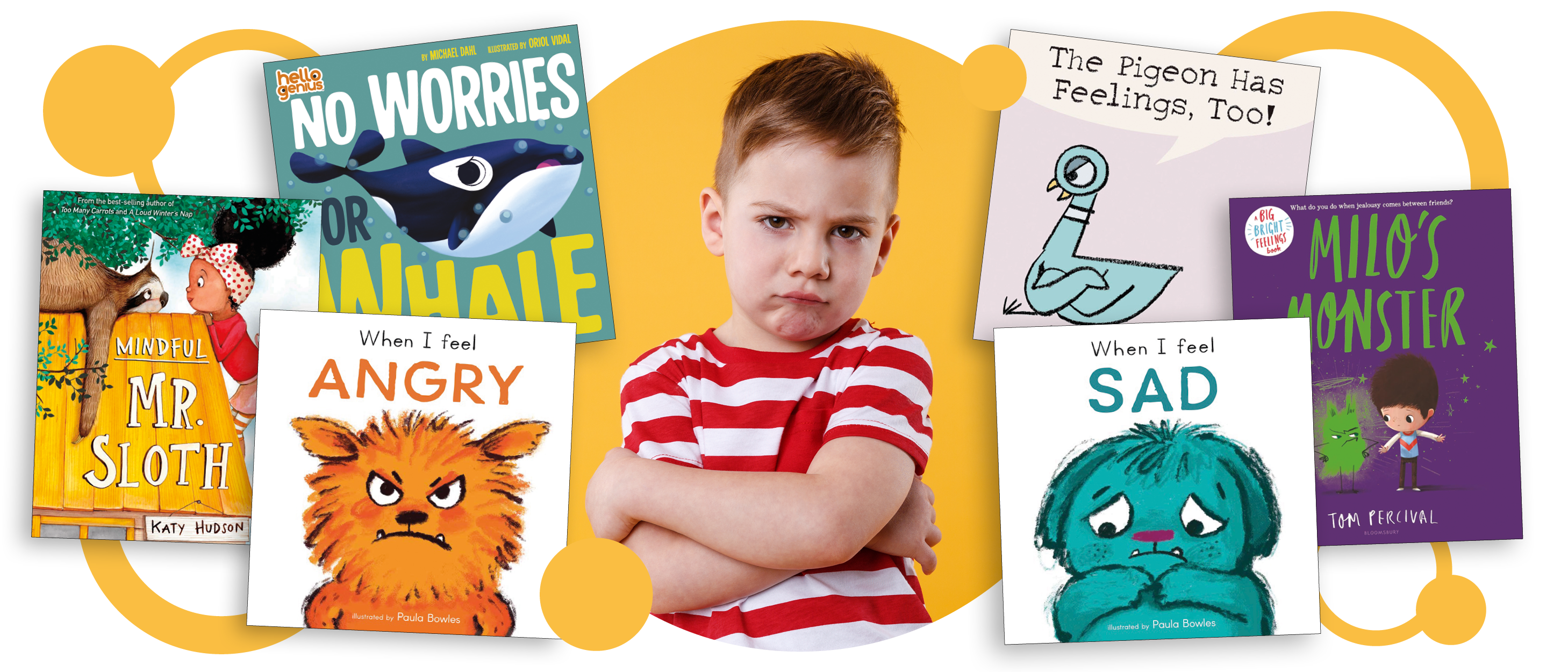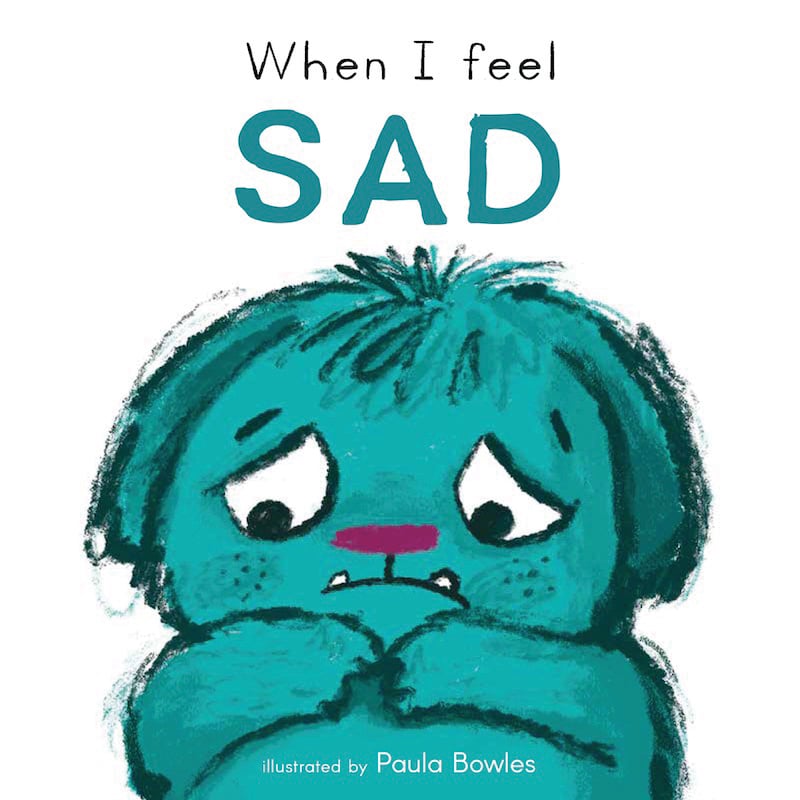Apr 29 2025
Teaching Kids About Negative Emotions: Key to Emotional Regulation

“My message for everyone is the same: that if we can learn to identify, express, and harness our feelings, even the most challenging ones, we can use those emotions to help us create positive, satisfying lives.” –
Marc Brackett, Director of the Yale Center for Emotional Intelligence
Why Understanding Negative Emotions is Crucial for Children
Understanding negative emotions like anger, sadness, and jealousy is vital for a child's emotional development. These feelings are normal, and learning to navigate them greatly influences a child's ability to build healthy relationships and make sound decisions. By recognizing and naming their negative emotions, children develop emotional intelligence. This awareness helps them accept that such feelings are part of life, leading to healthier coping mechanisms and better emotional regulation as they grow.
Children learn these skills at different rates, influenced by genetics, temperament, and environment. Caregivers play a crucial role in helping children manage their emotions. If a child over five frequently experiences meltdowns, they may need guidance in self-regulation. Some children naturally struggle with self-regulation, especially if parents intervene too frequently. Children with ADHD or anxiety may find it particularly challenging to manage their emotions, and need more help to develop emotional regulation skills.
The Role of Parents in Teaching Emotional Regulation
Parents play a vital role in teaching their children emotional regulation by exemplifying calm and constructive responses to their own feelings. Children learn through observation, so when parents effectively manage their emotions, they set a positive example. It is important for parents to help children navigate difficult situations instead of avoiding them, breaking tasks into manageable steps and offering praise for their efforts.
Validating children's feelings and creating a safe space for their expression is vital for their emotional development. Encouraging open communication not only strengthens the bond between parent and child but also fosters a sense of security and trust. A supportive environment is crucial for children’s emotional growth. Parents and caregivers can cultivate such an environment by being attentive to children’s emotional needs and responding with empathy and patience. This entails actively listening and offering comfort when children are distressed.
Consistency is also key. Establishing routines and setting clear expectations can help children feel more secure, which can make it easier for them to manage their emotions. Encouraging positive behaviors and providing gentle guidance when children struggle can also contribute to a nurturing environment that promotes emotional well-being.
Effective Strategies for Teaching Children to Process Negative Emotions
Parents, caregivers, and educators can utilize a range of effective strategies to support children in managing negative emotions. It is crucial to teach and practice self-regulation with children. The emphasis should be on guiding children through challenging situations instead of avoiding them.
Dividing tasks into smaller, more manageable parts can be beneficial. For instance, if your child finds brushing their teeth challenging, begin by having them simply apply toothpaste to the brush. Praise them generously when they achieve this, and then gradually introduce additional steps. According to Matthew Rouse, PhD, a clinical psychologist, it's essential to face challenging situations while providing children with support until they can manage independently. The essence of learning self-regulation skills lies not in avoiding difficult situations but in guiding children through them and offering a supportive structure—clinicians refer to this as "scaffolding" the desired behavior—until they can tackle these challenges on their own.
When children misbehave, guide them to pause and think about the situation. By addressing impulsive or inappropriate actions with calmness and patience, parents or teachers can help children learn to make better choices in similar situations. The feedback they receive should be objective and unemotional, allowing them to reflect by asking: What went wrong? Why did it happen? How can I improve next time?
Engaging in mindfulness can support the development of self-regulation. It encourages children to concentrate on the present moment, steering them away from ruminating on the past or fretting about the future. Mindfulness for children is a practice that helps them decelerate and become aware of their thoughts and emotions, enabling them to make conscious choices about their actions rather than reacting impulsively. It guides them to focus on their breathing and discover the calmness between inhaling and exhaling.
The Power of Books in Facilitating Emotional Understanding
Books can be powerful tools in helping children understand and process their emotions. Stories that feature characters experiencing and dealing with emotions like anger, sadness, and jealousy can provide children with relatable examples of how to handle their own feelings.
Reading together can also open up discussions about emotions and encourage children to share their own experiences. By exploring these themes in a safe and loving way, books can help children feel less alone in their emotions and more equipped to deal with them constructively.
Posted on Apr 29, 2025

Hey there, I’m Brittany Winans
Brittany started in Spring 2022 and works on maintaining all our marketing, branding, publishing, and social media efforts with our Marketing Manager. If you follow us on social media, chances are you have already seen some of Brittany’s work!









